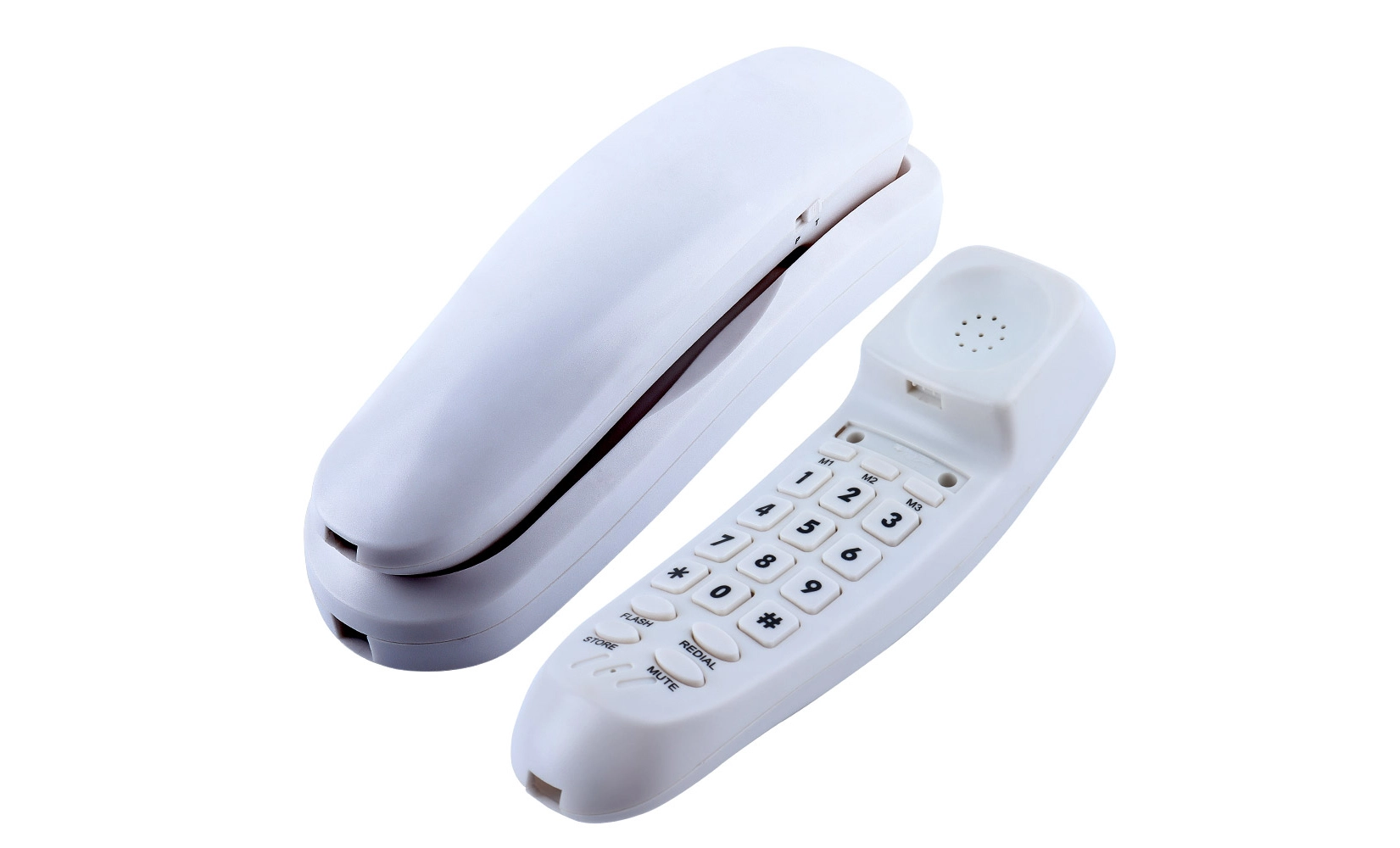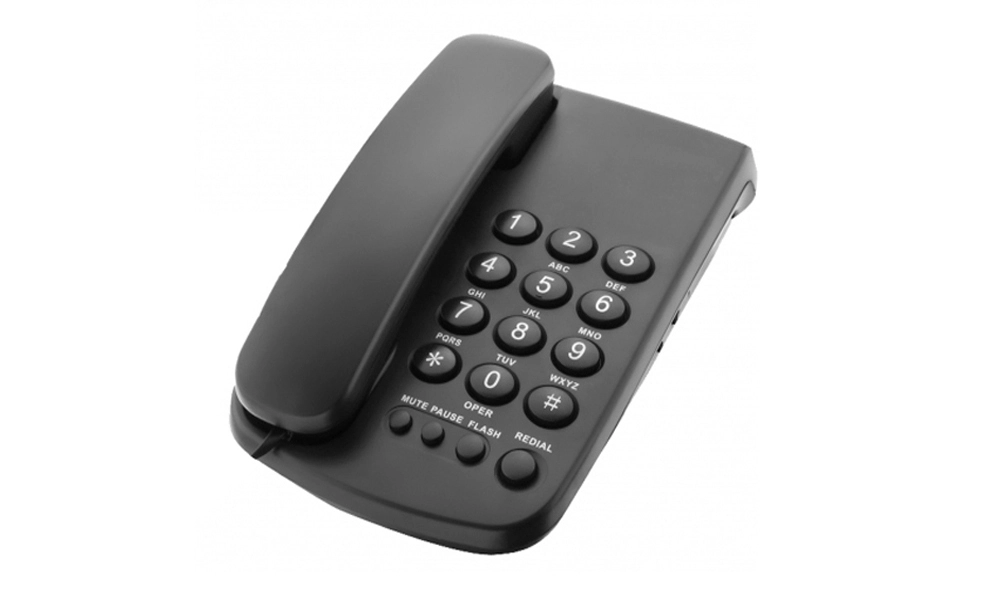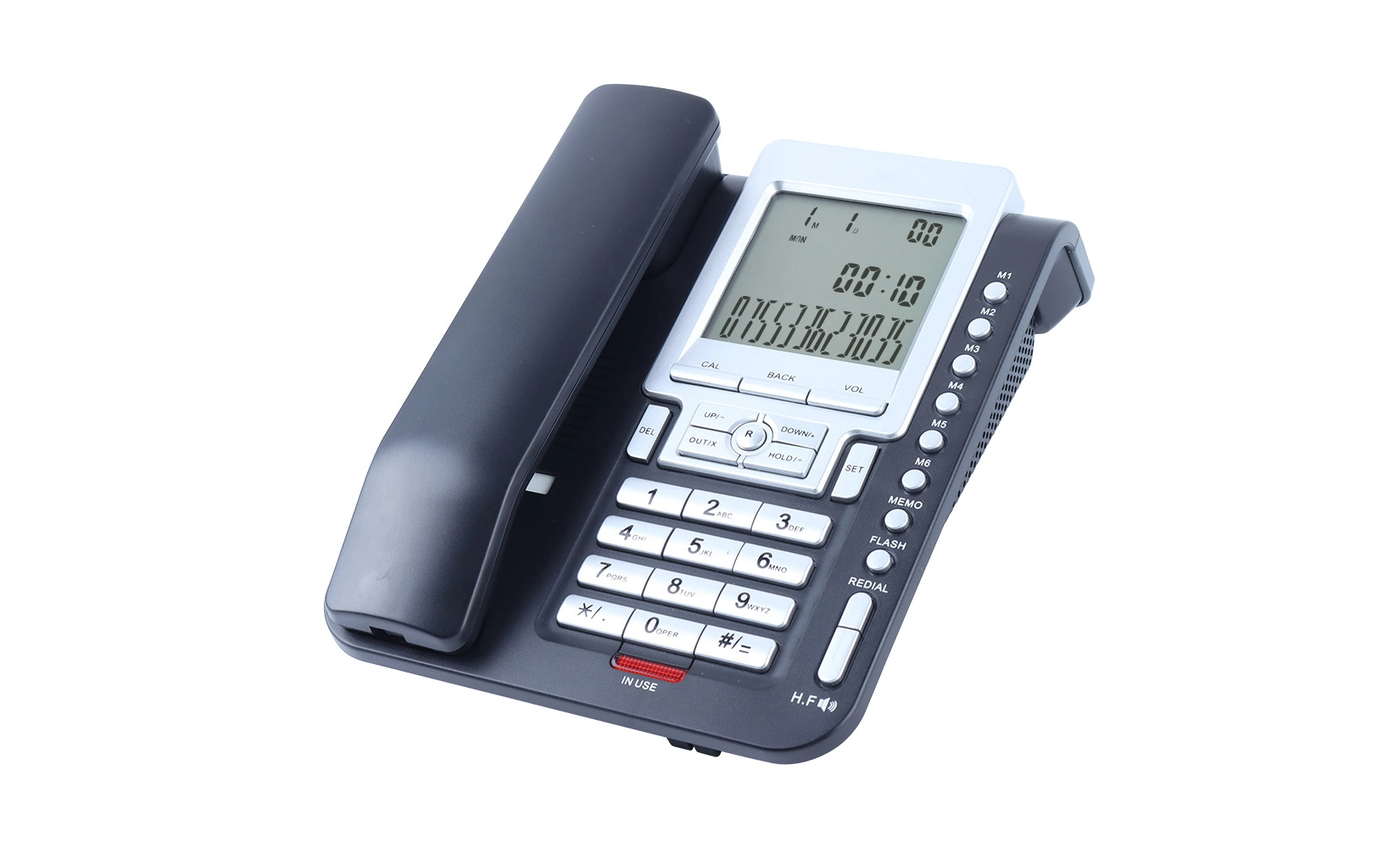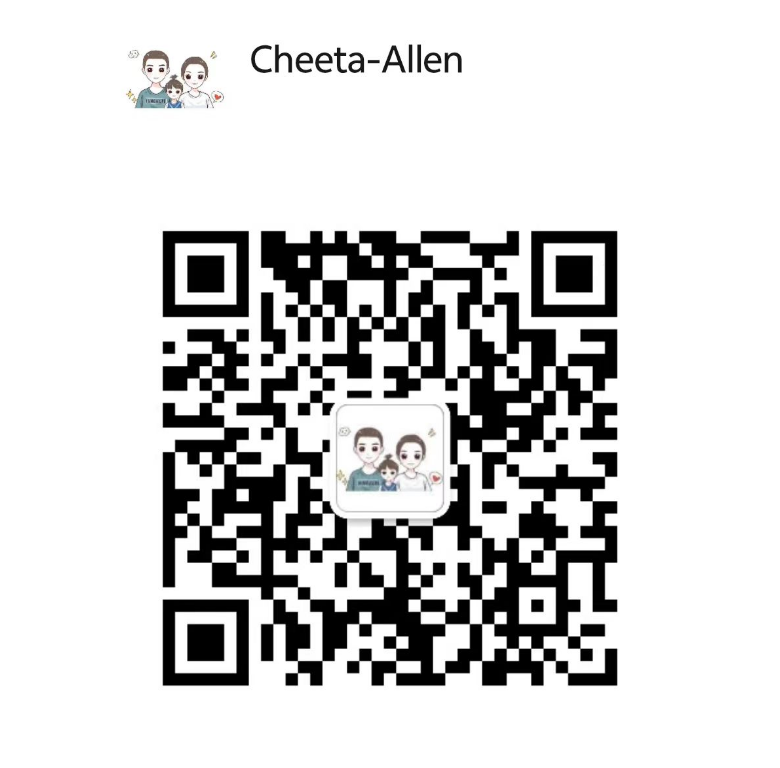The Evolution of Telephone Technology: From Rotary to Push Button
The Rotary Telephone: A Brief History
Rotary telephones, introduced in the early 20th century, revolutionized communication with their innovative dial mechanism. These devices featured a circular dial with finger holes corresponding to numbers 0-9. Users would rotate the dial to the desired number, then release it, causing electrical pulses to be sent through the phone line. This pulse dialing system was reliable but relatively slow, especially for longer phone numbers.
The rotary phone's design remained largely unchanged for decades, becoming an iconic symbol of home and office communication. Its durability and simplicity made it a staple in households worldwide, with many people still remembering the distinct sound of the dial returning to its resting position after each number was selected.
The Advent of Push Button Audio Telephones
The push button audio telephone emerged in the 1960s as a more efficient alternative to rotary phones. Instead of a rotating dial, these phones featured a keypad with buttons for each number and sometimes additional function keys. The most significant advancement was the introduction of touch-tone technology, which replaced pulse dialing with dual-tone multi-frequency (DTMF) signaling.
Push button phones quickly gained popularity due to their ease of use and faster dialing capabilities. The audible tones produced when pressing each button not only sped up the dialing process but also opened up new possibilities for automated phone systems and services that could recognize these tones.
Technological Advancements in Push Button Systems
As push button audio telephone technology evolved, additional features were incorporated to enhance functionality. These included:
- Speed dial options for frequently called numbers
- Redial buttons for quick repeat calls
- Caller ID displays for identifying incoming calls
- Speakerphone capabilities for hands-free conversations
- Integration with answering machine functions
Comparing Usability and Functionality
Dialing Speed and Accuracy
One of the most significant differences between push button audio telephones and rotary phones lies in their dialing speed and accuracy. Push button phones allow for much faster number input, as users can quickly press the desired digits in sequence. This speed advantage becomes particularly noticeable when dialing longer numbers or making multiple calls in succession.
Rotary phones, while reliable, require more time and precision to dial. Users must carefully rotate the dial to the correct position for each digit, waiting for it to return before entering the next number. This process not only takes longer but also increases the likelihood of dialing errors, especially when users are in a hurry or distracted.
Compatibility with Modern Phone Systems
Push button audio telephones have a clear advantage when it comes to compatibility with modern phone systems and services. The touch-tone technology used in these phones allows for interaction with automated systems, such as voicemail menus, customer service hotlines, and telephone banking services. Users can easily navigate these systems by pressing the corresponding numbers or symbols on their keypad.
Rotary phones, operating on pulse dialing, are often incompatible with these modern systems. Many contemporary phone networks and services no longer support pulse dialing, limiting the functionality of rotary phones in today's telecommunications landscape.
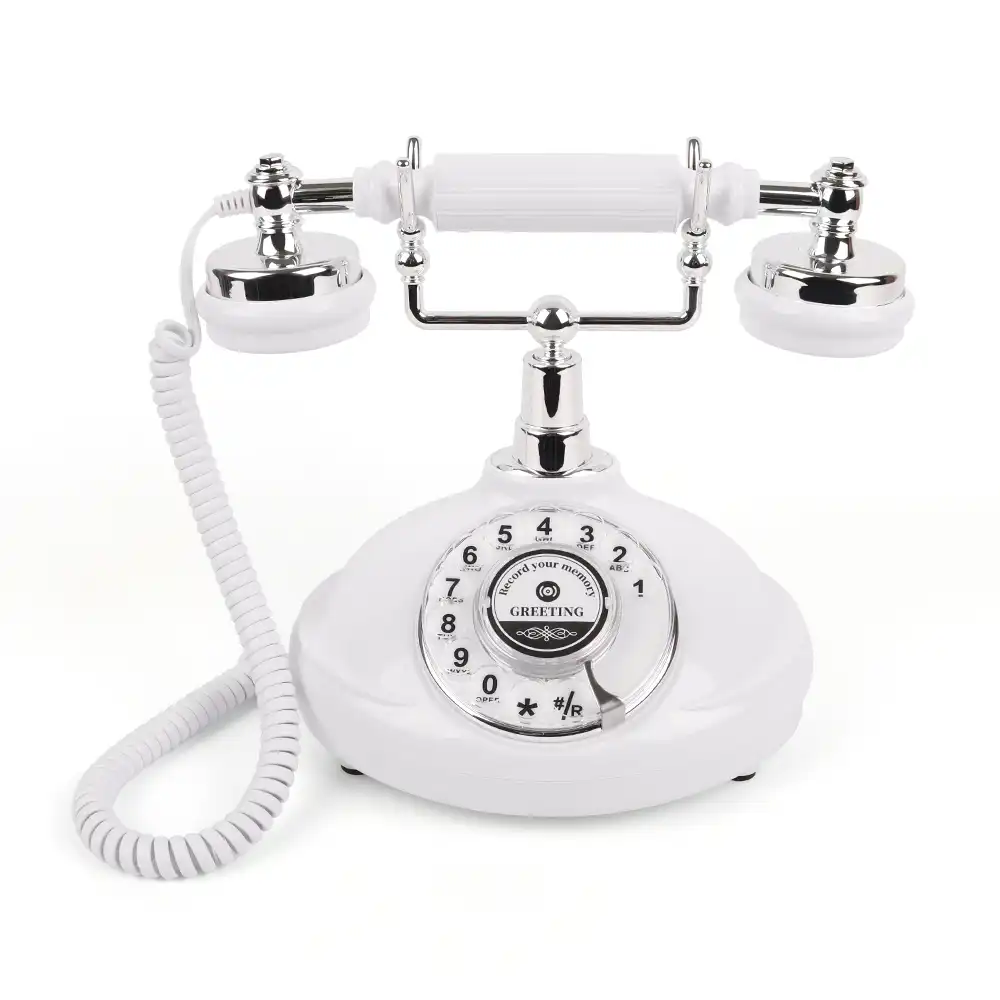 Ergonomics and User Experience
Ergonomics and User Experience
The ergonomic design of push button audio telephones offers several advantages over rotary phones:
- Easier one-handed operation
- Less physical effort required for dialing
- Reduced risk of repetitive strain injuries from frequent use
- More intuitive layout for users of all ages
The Impact on Communication and Society
Transformation of Telephone Communication
The transition from rotary to push button audio telephones marked a significant shift in how people interacted with telephone technology. Push button phones not only sped up the process of making calls but also changed the way people thought about phone numbers. The ease of dialing led to an increase in phone usage, both for personal and business purposes.
This transformation also paved the way for more complex telephone systems, including private branch exchanges (PBXs) in offices and the development of interactive voice response (IVR) systems. These advancements greatly improved efficiency in business communications and customer service.
Cultural and Nostalgic Significance
Despite the practical advantages of push button audio telephones, rotary phones retain a special place in cultural memory. They are often associated with a bygone era, evoking feelings of nostalgia and simpler times. This cultural significance has led to rotary phones becoming collectible items and decorative pieces in retro-themed spaces.
Push button phones, while less romanticized, represent the bridge between the analog past and the digital present. They symbolize the rapid technological progress of the late 20th century and continue to serve as a familiar interface even as communication shifts towards mobile and internet-based platforms.
Economic and Environmental Considerations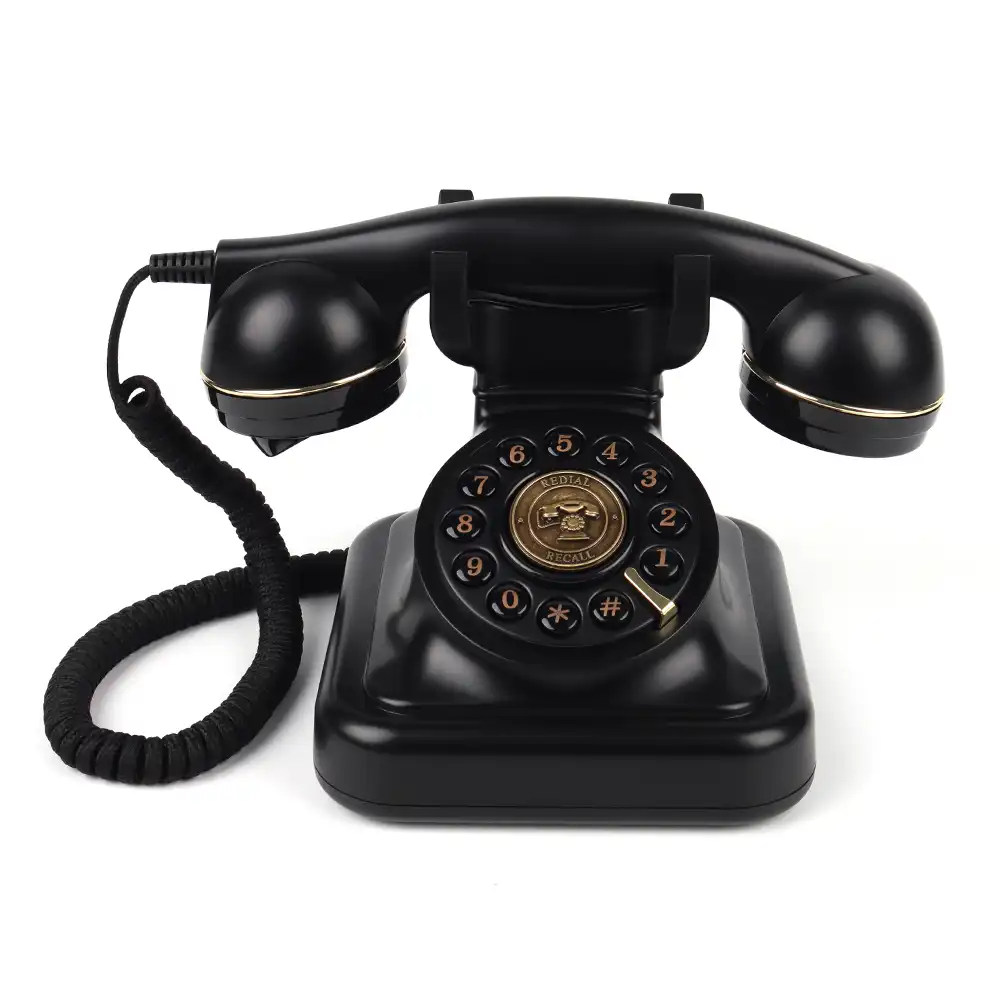
The shift from rotary to push button technology also had economic and environmental implications. The manufacturing of push button phones became more cost-effective over time, making telephone ownership more accessible to a broader population. However, this transition also led to increased electronic waste as older rotary phones were discarded.
In recent years, there has been a growing interest in refurbishing and repurposing vintage rotary phones, either as functional devices or as unique decor items. This trend aligns with broader movements towards sustainability and appreciation for durable, well-crafted products of the past.
Conclusion
The evolution from rotary to push button audio telephones represents a significant leap in telecommunications technology. While rotary phones hold a special place in history and nostalgia, push button phones have proven to be more efficient, versatile, and compatible with modern communication needs. The key differences between these two types of phones – in terms of technology, usability, and societal impact – highlight the rapid progress in how we connect and communicate.
As we continue to advance into the age of smartphones and digital communication, the push button audio telephone remains a familiar and reliable tool in many homes and offices. Its development paved the way for the intuitive interfaces we now take for granted in our mobile devices. Understanding the journey from rotary to push button technology gives us valuable insight into the ongoing evolution of communication technology and its profound effects on society.
FAQ
Are rotary phones still functional today?
While some rotary phones can still work on certain landline systems, many modern phone networks no longer support pulse dialing, limiting their functionality.
Can push button audio telephones be used with VoIP services?
Yes, many push button phones can be used with VoIP services through adapters that convert analog signals to digital.
Are there any advantages to using a rotary phone in modern times?
Rotary phones are valued for their durability and nostalgic appeal. They can also be more secure against certain types of phone hacking that rely on touch-tone signals.
Push Button Audio Telephone Innovations | CHEETA
At CHEETA, we've embraced the legacy of push button audio telephones while driving innovation in modern communication devices. Our team of 10 senior engineers continuously refines our product lineup, incorporating user feedback and global market trends. With our 1,200㎡ factory and 100+ skilled workers, we produce 1,000 high-quality analog units daily, ensuring fast delivery and customization options for our global clientele. For cutting-edge push button audio telephone solutions that meet CE, RoHS, FCC, and UN38.3 regulations, trust CHEETA's expertise. Contact our sales team at allen@cheeta.com.cn to explore our OEM/ODM services and experience the perfect blend of reliability and innovation in telephone manufacturing.

References
1. Thompson, R. (2018). "The Evolution of Telephone Technology: From Rotary to Digital." Journal of Communication History, 42(3), 156-172.
2. Chen, L. (2020). "Push Button vs Rotary: A Comparative Analysis of Telephone User Interfaces." IEEE Transactions on Human-Machine Systems, 50(4), 301-315.
3. Goldstein, M. (2019). "The Social Impact of Telephone Technology Transitions." Sociology of Technology Quarterly, 28(2), 89-104.
4. Davis, K., & Smith, J. (2021). "Ergonomics in Telephone Design: A 50-Year Retrospective." Applied Ergonomics Journal, 95, 103-120.
5. Wilson, E. (2017). "Nostalgia and Technology: The Cultural Significance of Vintage Telephones." Popular Culture Studies, 39(1), 45-62.
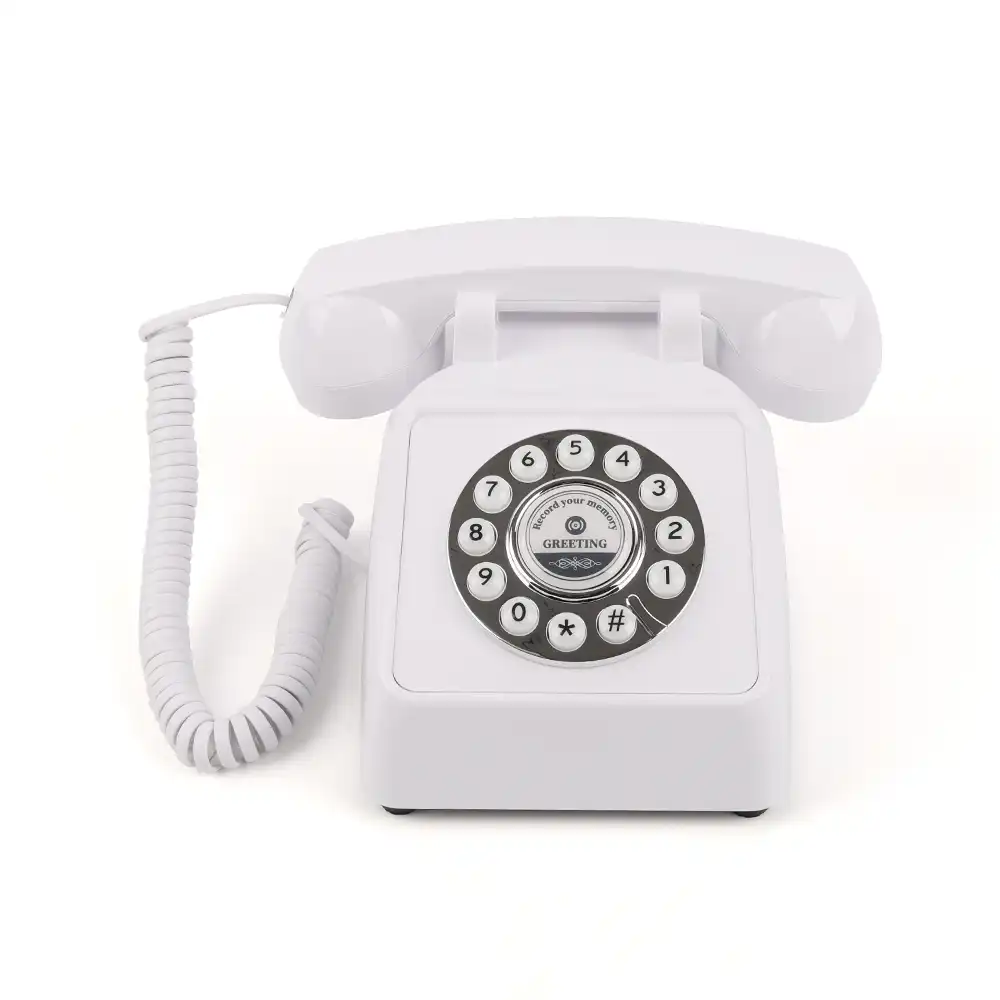 The
The 

